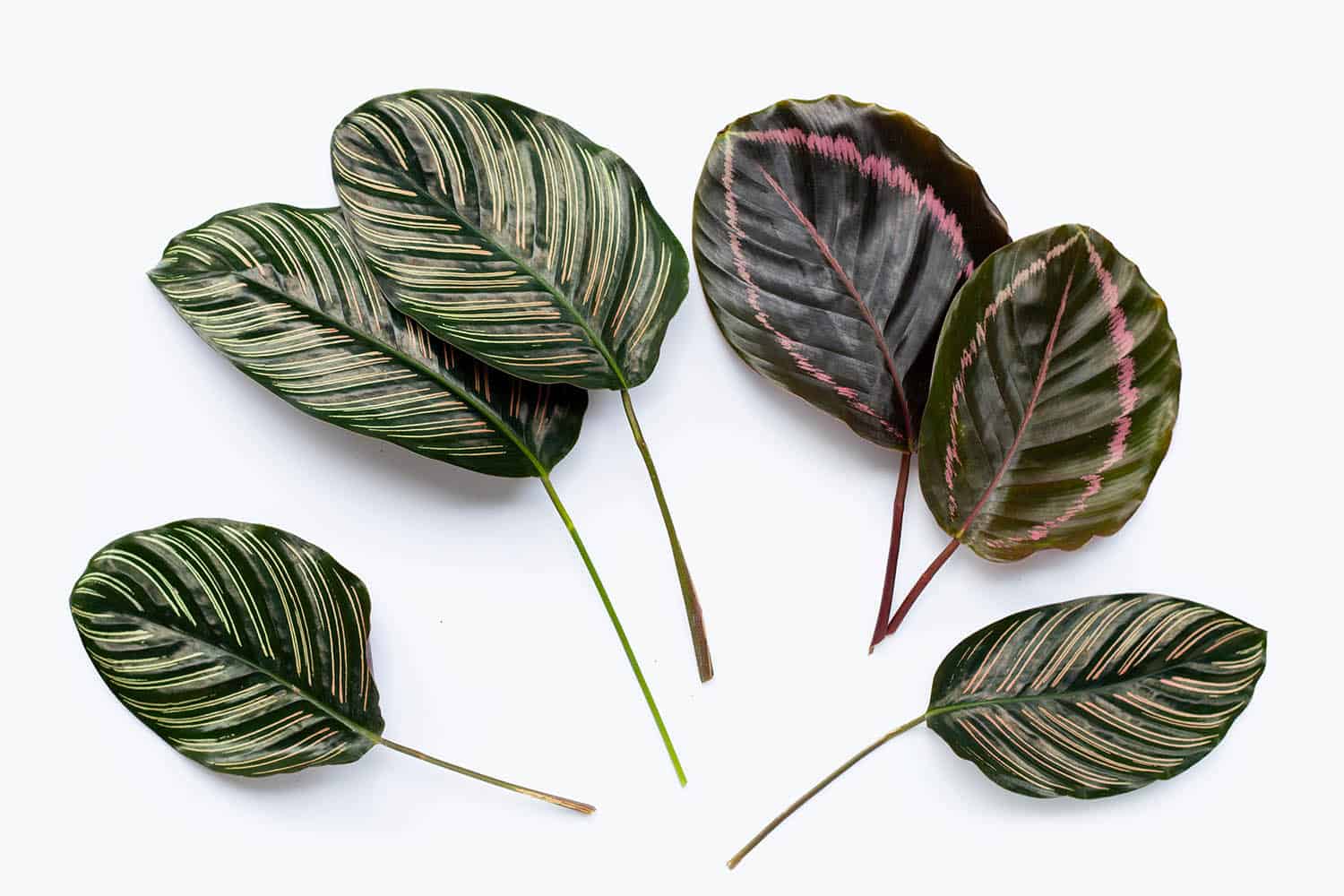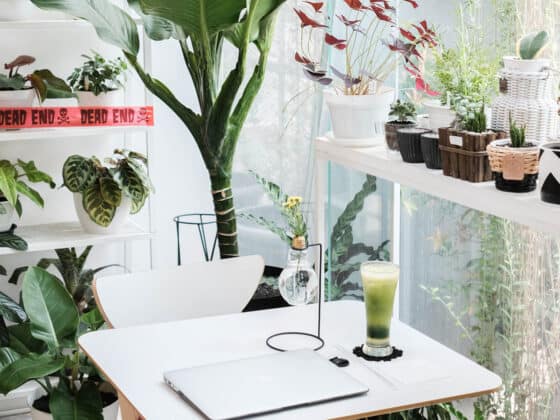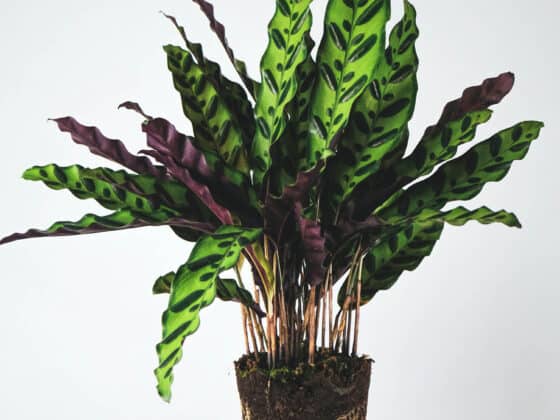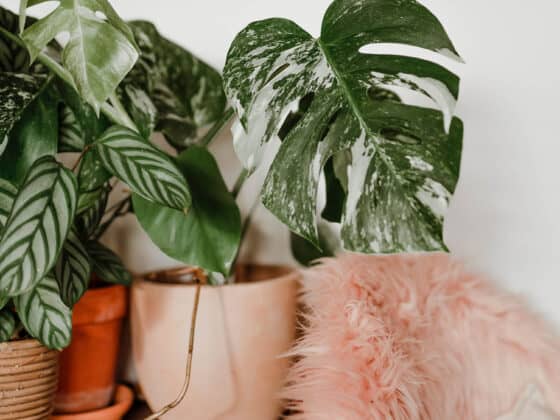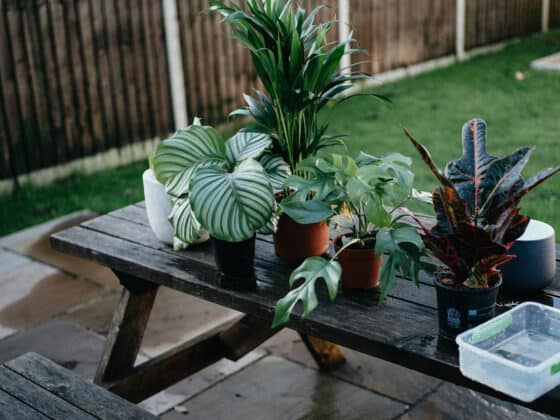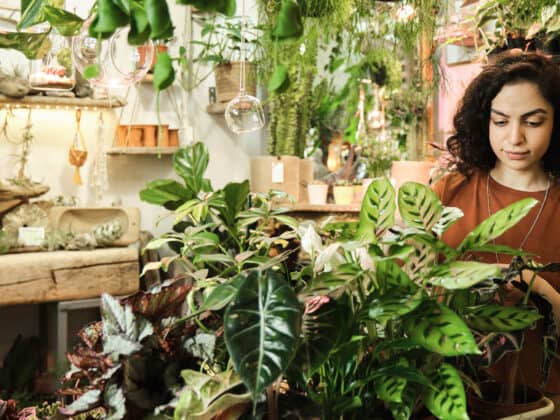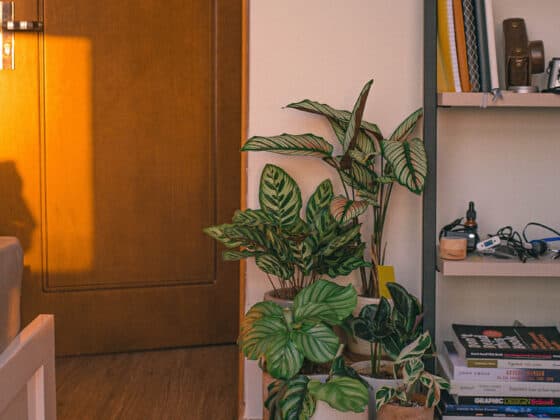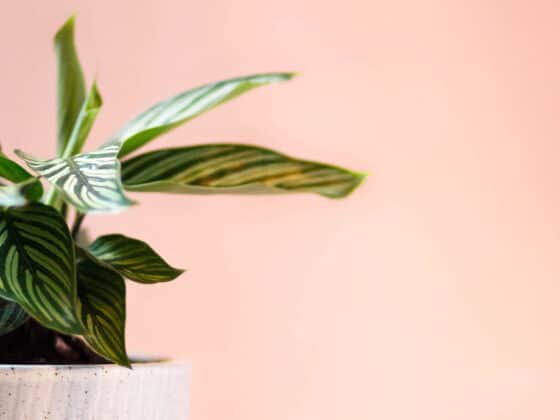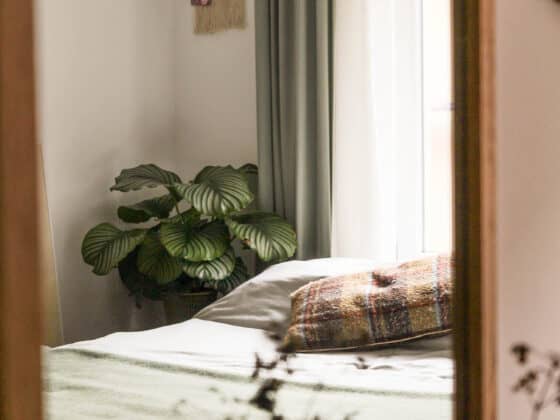Are you a novice houseplant owner who’s fallen in love with the lush leaves and fascinating patterns of Calatheas? If so, you’ve probably already seen lots of warnings that these are challenging plants to care for. That doesn’t mean you should give up on growing one, though. We’ll talk you through some of the best Calathea varieties and care strategies for beginners.
In general, Calatheas bearing thicker leaves are easier to keep happy, as they’re less vulnerable to humidity issues than many of their siblings. The Rattlesnake Plant and the Velvet Calathea are particularly resilient varieties, but there are a few others that are known to be more forgiving of beginners. The Beauty Star Calathea is also great for dimmer homes since it can stand low light better than its relatives.
These “easier” cultivars are still very choosy about their growing conditions. Be prepared to keep a close watch on the humidity levels, lighting, temperature, and soil moisture to ensure that your plant has what it needs to thrive. We’ll go over some helpful tips that should make it easier to keep your Calathea content.
Why Are Calatheas So Difficult?
What is it about Calatheas that makes them so hard for even seasoned indoor gardeners to keep alive? Part of the answer is that they’re adapted for a very different climate than a typical home. Calatheas are used to the humid rainforests of Central and South America, where they drink in the dappled sunbeams, frequent rain showers, and gentle mists that characterize the jungle floor.
Most readers of this blog don’t live in spaces with 70-90% humidity and 12 hours a day of filtered sunlight. This makes it tricky to simulate a Calathea’s home.
Still, there are many houseplants that come from the tropics but aren’t so hard to care for. The real problem is that Calatheas have remarkably little patience for anything but their ideal conditions. They’re especially sensitive to watering and humidity issues, their leaves quickly curling and scorching if their delicate balance is disrupted. Even benign changes to a Calathea’s environment can stress it out and cause its foliage to die back.
What Are the Easiest Calatheas to Grow?
Of course, not all Calatheas are the same – there are nearly 300 different cultivars within this genus, and some of those commonly sold as houseplants are tougher than others. We’ll identify a few varieties that are better for beginners.
Number 1: The Rattlesnake Plant
Almost anyone who’s tried raising different types of Calatheas will agree that Calathea lancifolia, also called the Rattlesnake Plant, is the easiest to grow. Its hardiness may have something to do with its thick leaves, which don’t get dehydrated as easily as those of its more fragile relatives.
More good news: you don’t have to sacrifice looks for toughness. The Rattlesnake Plant has long, sword-shaped leaves with wavy edges, adorned with pale stripes and dark, elliptical spots. The overall effect is bold and barbaric, making this plant a striking accent piece wherever you grow it.
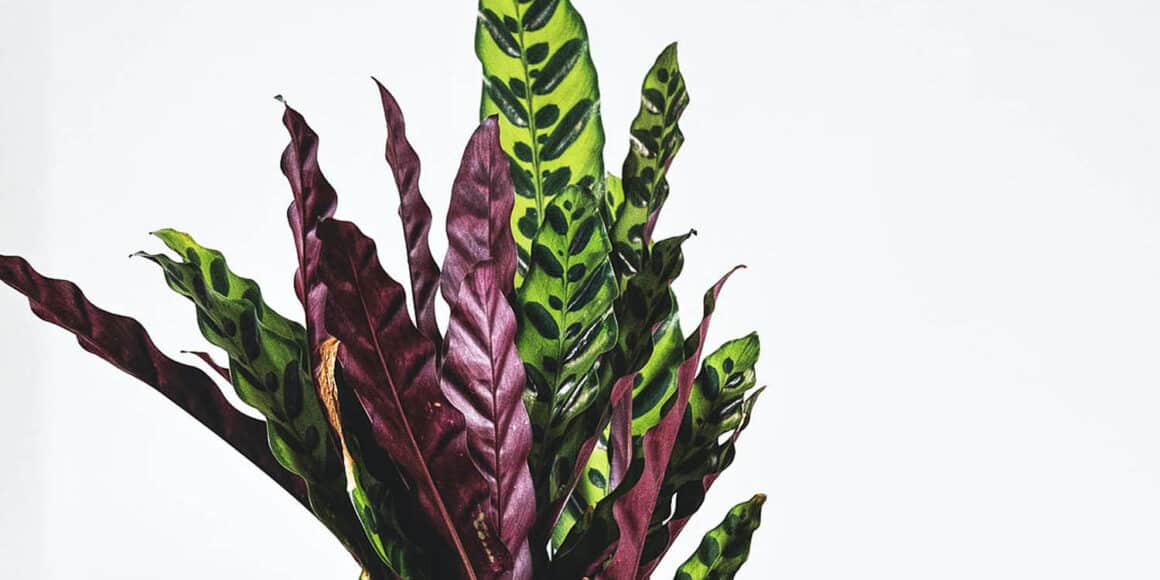
Number 2: The Velvet Calathea
Calathea rufibarba is also sometimes called the Furry Feather Calathea, and it’s not hard to figure out why; the leaves and stems are covered with tiny hairs that make it soft to the touch. Beneath that downy scruff, though, the actual surface of the plant has a glossy texture similar to that of Calathea lancifolia. This may be why it’s not as sensitive to moisture issues as other fuzzy plants like African Violets.
Though it lacks the bold patterns of the Rattlesnake Plant, the Furry Feather Calathea grows leaves with a similar blade-like shape. The foliage also sports a similar wine-red color on the undersides.
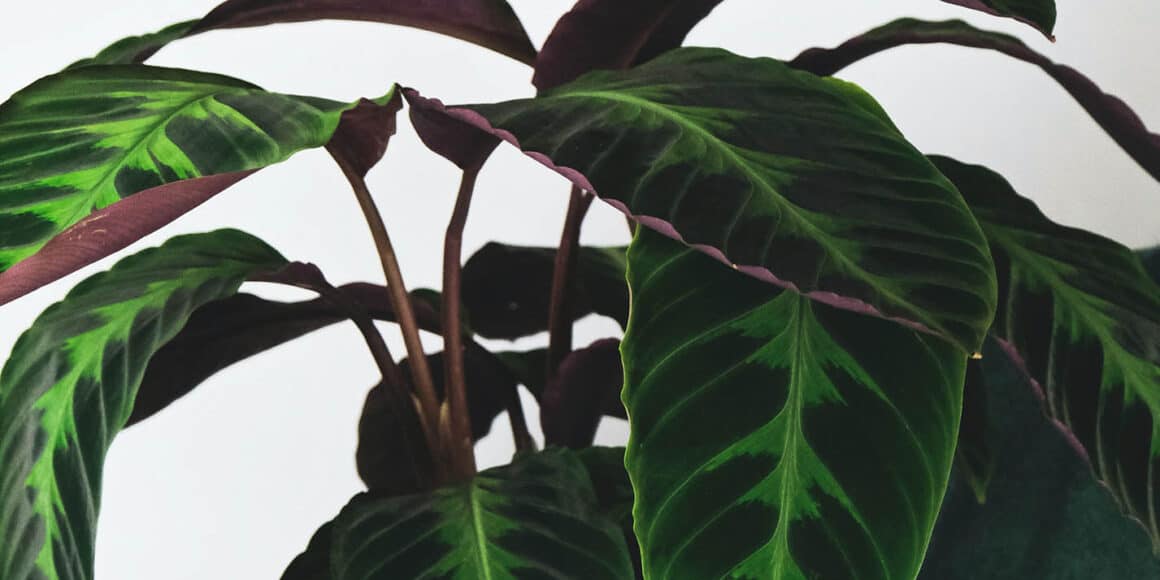
Number 3: The Peacock Plant
The markings on a Peacock Plant or Calathea makoyana look much like those on a Rattlesnake Plant, but its leaves are much rounder. On the reverse of each leaf, the same pattern is visible in maroon, a departure from the blank reddish undersides of most Calathea leaves. This looks quite cool when C. makoyana folds up its foliage at night and may be responsible for its other nickname: the Cathedral Windows Calathea.
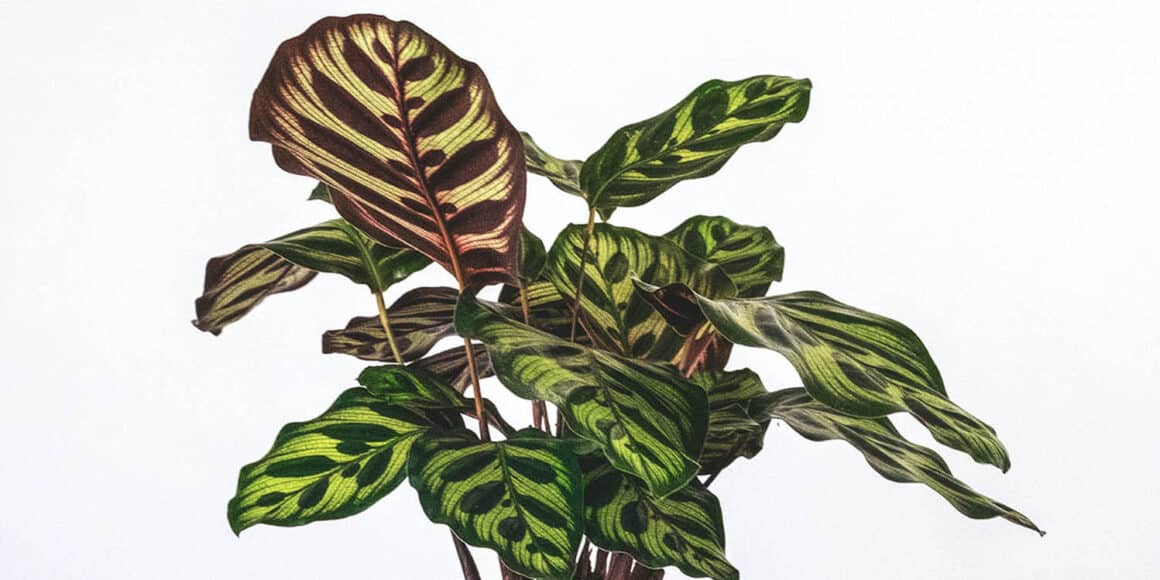
Number 4: The Calathea Medallion
Many growers have described this variant of the species Calathea roseopicta as more patient with inexperienced growers. It features an intricate, feathered pattern picked out in greens ranging from silvery-pale to dark emerald, which looks especially fascinating when you can see the bright magenta color peeking out from underneath.
Though the Medallion is particularly noted for ease of care (by Calathea standards, anyway), several other cultivars of Calathea roseopicta, such as the pink-veined Dottie, have also been recommended as decent starter varieties.
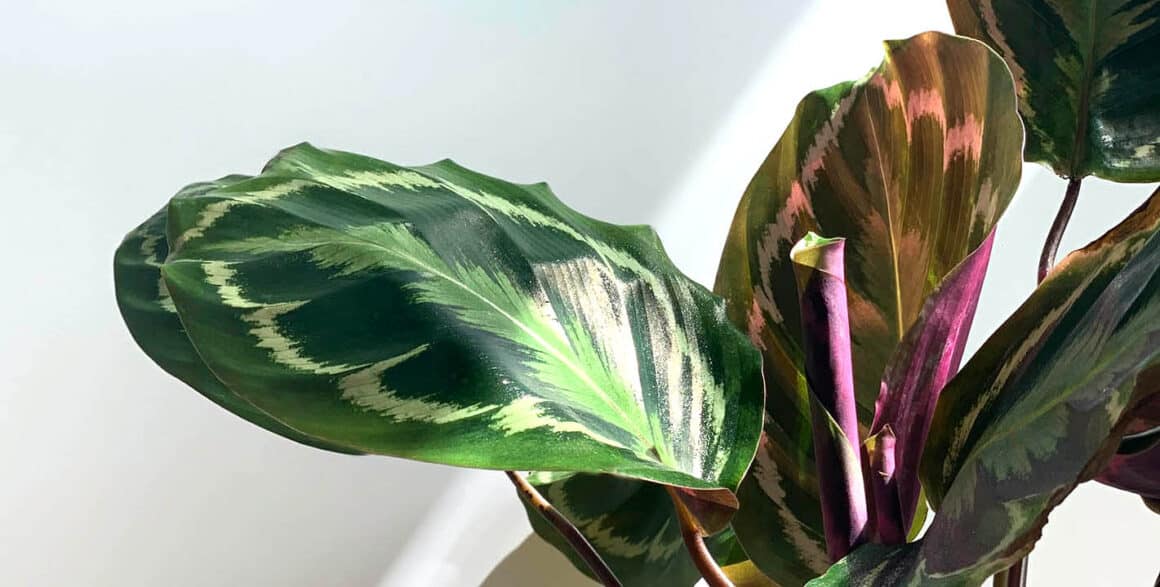
Number 5: Calathea Ornata
Another species known for being relatively sturdy is Calathea ornata. Like C. roseopicta, it includes a number of popular cultivars, including the Pinstripe Plant and the Roseo Lineata. All of them display delicate white or pink stripes against a deep green background, and all of them are fairly good Calatheas for beginners.
The variety we want to highlight here, though, is the Beauty Star, grown specifically for its tolerance of low light levels. No Calathea does well in direct sun, but most of them need a substantial amount of bright, indirect light to really thrive; their lovely patterns can fade if their environment is too dim. If your home is particularly starved for natural light, a Beauty Star may be the right Calathea for you.
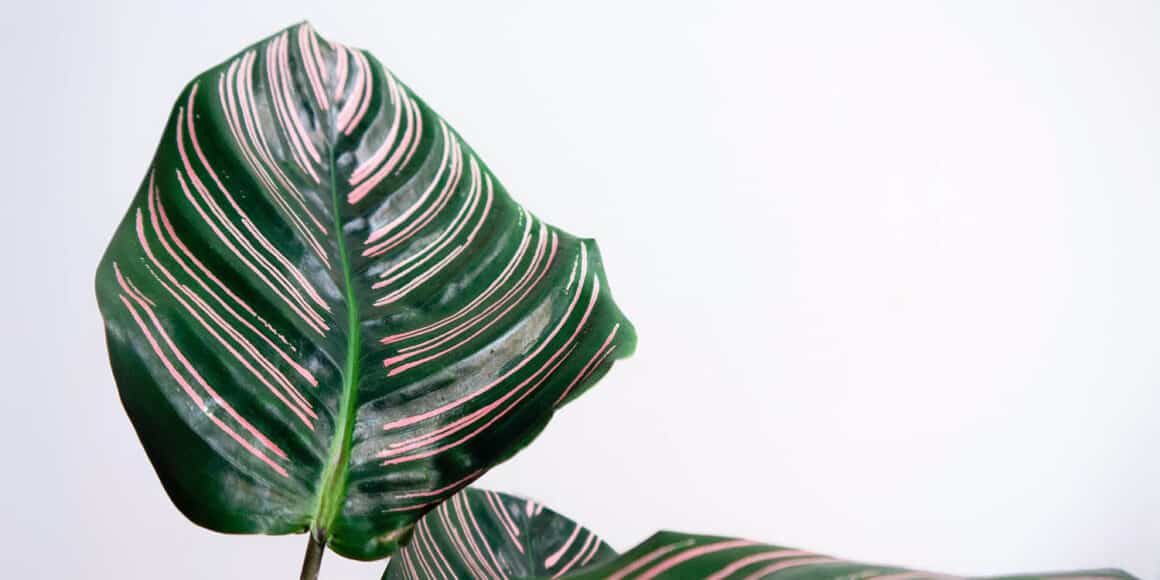
Calathea Care Tips For Beginners
All varieties of Calathea prefer the same general growing conditions. The ones we’ve listed above are simply a little more capable of withstanding a less-than-ideal environment. Here are a few general rules to follow if you want your Calathea to live its best life.
First, keep the soil around its roots moist but don’t let it stay soaking wet for long. This will be easiest if you put your plant in a potting mix that drains well but includes a bit of absorbent material that can retain moisture between waterings. A good mix includes 20% African Violet potting soil, 40% coconut coir, and 40% coarse perlite. Our article on pots and mixes for Calatheas has more detail. Read it here.
Put your Calathea in a pot with drainage holes at the base, and when you water it, pour long enough that the soil is evenly moistened and some water is trickling out the base of the pot. Instead of watering on a fixed schedule, test the potting mix every so often with your finger or a plain wooden chopstick. Water only when the top two inches have dried out, or the soil near the roots is only slightly damp.
For best results, use distilled water or rainwater instead of filling your watering can from the tap. Calatheas can be quite sensitive to the chemicals and minerals dissolved in municipal water. If you use fertilizer, be sparing, and flush the soil out once per month by running lukewarm water through it for several minutes.
Place the plant in a location that’s fairly bright but receives no more than 2 or 3 hours of direct sun. An east-facing window that’s tightly sealed and lets in no drafts is ideal. A spot 4-6 feet away from a window facing south or west should also work.
Try to maintain 60% or higher humidity around your Calathea. A humidifier is the easiest way to achieve this, so that’s the strategy we recommend if you have limited plant care experience. Placing your Calathea next to other humidity-loving plants can help as well.
Finally, keep the temperature warm and steady, somewhere between 65 and 80 degrees; don’t expose your Calathea to cold drafts, or to hot air from vents and radiators.
Final Thoughts
In some ways, “easy Calathea” is an oxymoron; the varieties we’ve mentioned are simply the most forgiving of a very picky bunch. Calathea care is difficult even for experienced houseplant owners, so don’t feel bad if it takes you a while to master.
Be patient with your plant and attentive to its needs. In time, you’ll discover what it needs from you in order to flourish.






